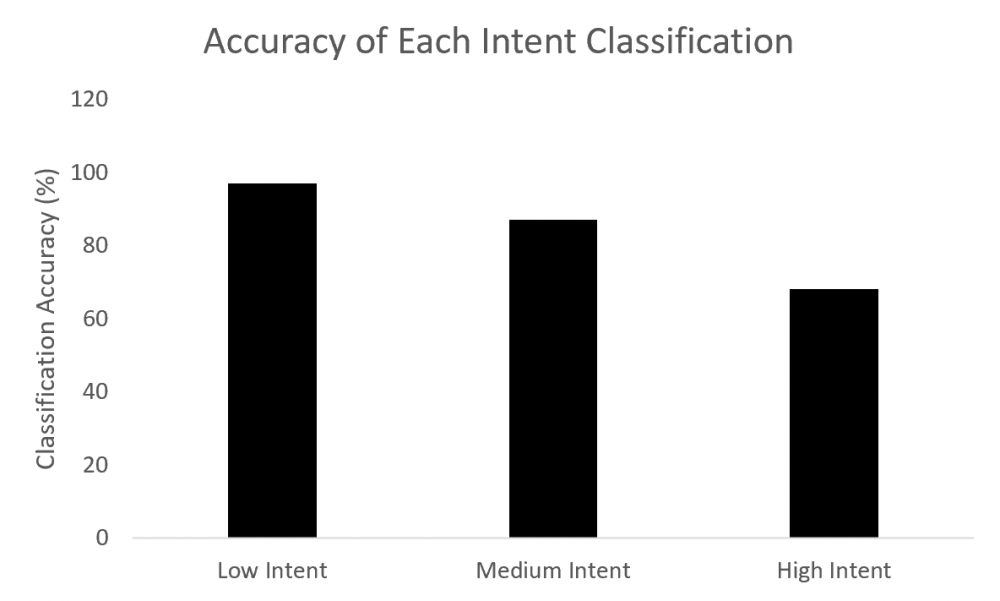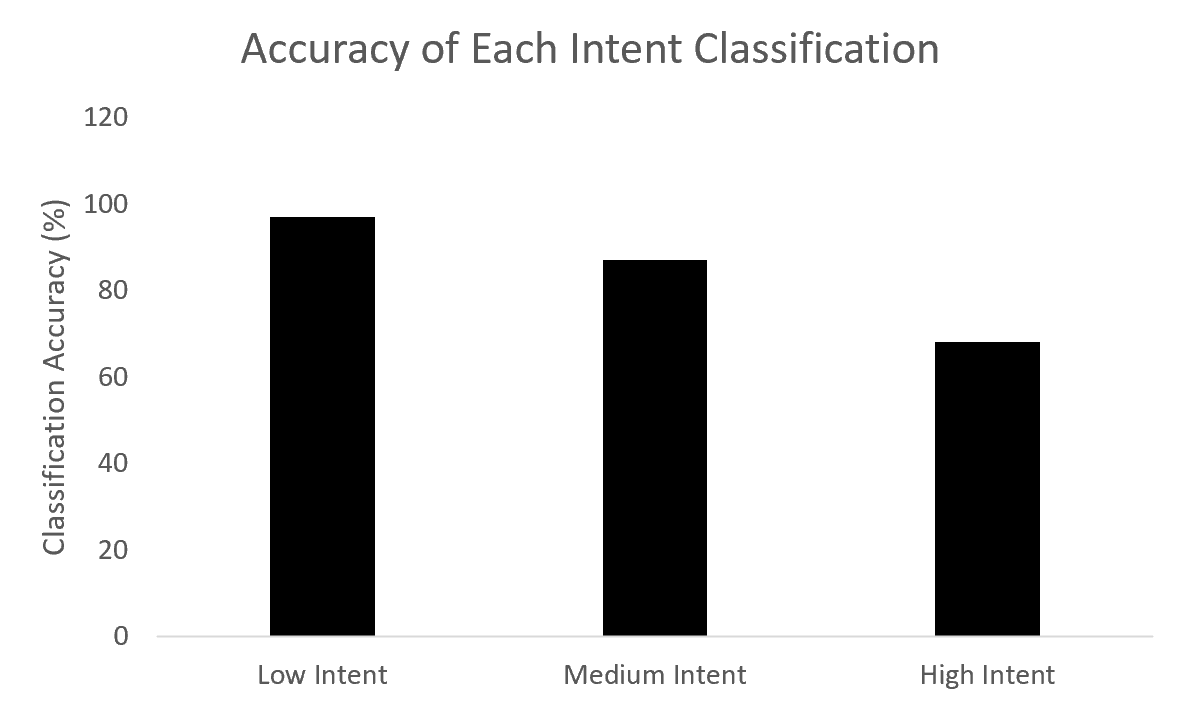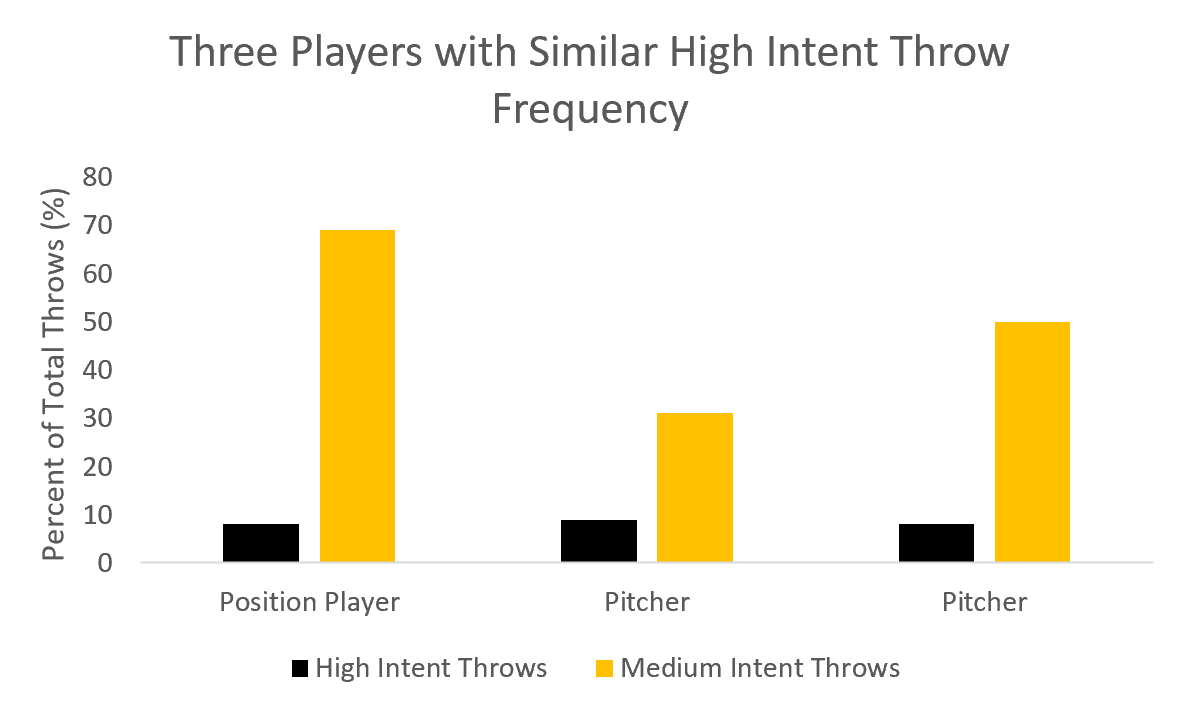Caught Looking: Articles of the Week — November 19

Here are two studies the R&D department at Driveline read this week:
Optimisation of the upper body motion for production of the bat-head speed in baseball batting
As we get closer to implementing 3D motion capture with our gold-standard biomechanics lab in hitting (which we primarily use for pitching assessments), studies like this one by Kazumichi Ae and company can help us familiarize ourselves with more specific measurements that matter in the swing.
This study looks at using a simulation model to find how the upper body can be optimized for bat speed and distributing forces on the bat between the hands.
Since we talk a lot about how bat speed works, it’s interesting to look at how a computer simulation would adjust the upper body movement in the swing to optimize bat speed. Basically, how this works:
- Movement data is measured during a swing using motion capture (23 college baseball players in Japan)
- The data is normalized so multiple swings can be combined to create an average, standard movement
- A simulation adjusts the movement over time to achieve an optimal bat speed in the biomechanical model
When optimizing the swing to reach 40 m/s (~89 mph), the results of the simulation showed the model making these changes shortly before ball contact to achieve such a bat speed (all changes were small in magnitude):
- Less back arm shoulder abduction (lower back elbow)
- Less back arm radial deviation (more neutral wrist)
- Less front arm elbow flexion (straighter front arm)
- Less front arm wrist flexion
- More lateral trunk tilt 0.15 s
This type of analysis is powerful because, without a simulation, we rely on measuring the best hitters (or at least the hitters with the highest bat speeds) to learn what is required to achieve this elite swing behavior. Properly constrained optimizations give us the ability to use what we do know from athletes that we have measured to project what changes can be made to push the bat speed envelope.
Not to mention, who is to say that the current elite hitters (by bat speed) are achieving their bat speed ceiling? It’s possible that even the best of the best can make changes to improve their bat speed.
Quantifying Throw Counts and Intensities Throughout a Season in Youth Baseball Players: A Pilot Study
One of the main benefits of using a more involved workload tracking system than counting pitches like wearing an IMU (sensor-based movement measurement) device is that you can not only count all throws instead of just pitches, but you can also gauge the intensity of the throws using the magnitude of the IMU measurements.
These are things that the MotusTHROW system currently does to calculate workload, but this group did a similar project with their own sensor setup.
Rose et al. at the University of Michigan created a system that uses an IMU sensor to measure movement for some workload research. The data from this measurement was used to automatically detect throws and estimate the intensity after a model was trained with some practice and warmup data.
The model accurately detected low, medium, and high intensity throws correctly about 97%, 87%, and 68% of the time, respectively. Additionally, even though the high-intensity throws were significantly less accurate, the model classified them as medium intent throws for about 85% of those errors. This model was then used to monitor throw count and intensities for a team of 11 11U baseball players throughout the season.
An interesting finding from this group was that three athletes had very similar throw counts and high-intensity throw counts, but one was a position player, and the two others were frequent pitchers. The difference, however, is that the position player had more medium-intensity throws than the two pitchers who had more low-intensity throws than the position players.
Although this could be a limitation of data collection (sensors were not always charged, so some data was missed), it could also highlight the importance of considering the effects of fielding throws in workload. If we aren’t counting the throws a position player makes in the field and only the throws they make off the mound, we are likely getting a very inaccurate and incomplete picture of the load being placed on his body and arm.
It is exciting to see more in-depth workload monitoring becoming more common in all of baseball and specifically at the youth level. We in youth baseball have historically primarily used in-game pitch counts to monitor and enforce workload restrictions. I think this provides an opportunity to avoid some potential injuries and improve performance, in addition to more effective physical development for better, long-term athletic careers.
By Kyle Lindley


Comment section